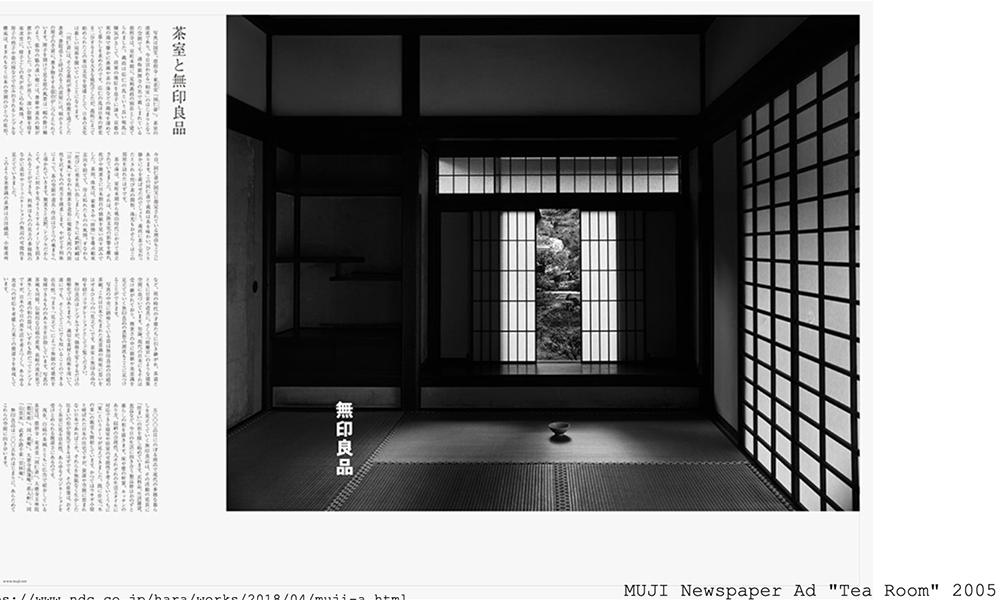Contribution for Asian Conference of Design History and Theory, Osaka University, Japan, 2021
Simplicity goes beyond being a physical facet to become a cultural phenomenon. Depending on the requirement of the given moment, a certain kind of simplicity has been found or produced, and has been assigned different meanings over time. Just as simplicity, minimalism is also nonuniform. Some believe that removing unnecessary elements can serve a specific purpose, whereas others believe in the widespread acceptance of appearances without conspicuous feature. Twentieth century’s claim of simplistic modern design was largely based on functionalism, which tried to design out unnecessary elements. Even today, simplicity is often argued to support optimization; however, as the number of simplified utilities increases, the market demands the perceived differentiation of products. Therefore, it has become crucial, especially now, to connote meaning to the beauty of simplicity, if not relying on styling to acquire higher sales. Moreover, more personalized products may draw greater empathetic consumers. When people are already aware of the meaning being expressed by a thing’s simple appearance, they tend to find sincerity in lean constructions, humility in restrained surfaces, and tenderness in the exposure of natural materials. Since its foundation in 1980, MUJI has consistently emphasized simplicity and its own ‘branding’, named ‘no brand’, expresses a type of postmodernist minimalism. MUJI inherited the modernist requirements of simplicity, but it was not all about function tout court. MUJI aims for a simplicity that accepts all kinds of concerns while allowing several diverse meanings to be attached to the quality. Moreover, MUJI advertisements have given various meanings to simplicity in a way that has increased its familiarity. Since 2002, communication designer Kenya Hara has played a significant role in establishing MUJI’s minimalist aesthetic, often referencing the rich resources of traditional Japanese.
Christof Breidenich, Nicole Christ, Keisuke Takayasu
complete paper, here


